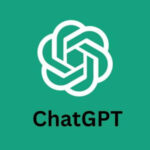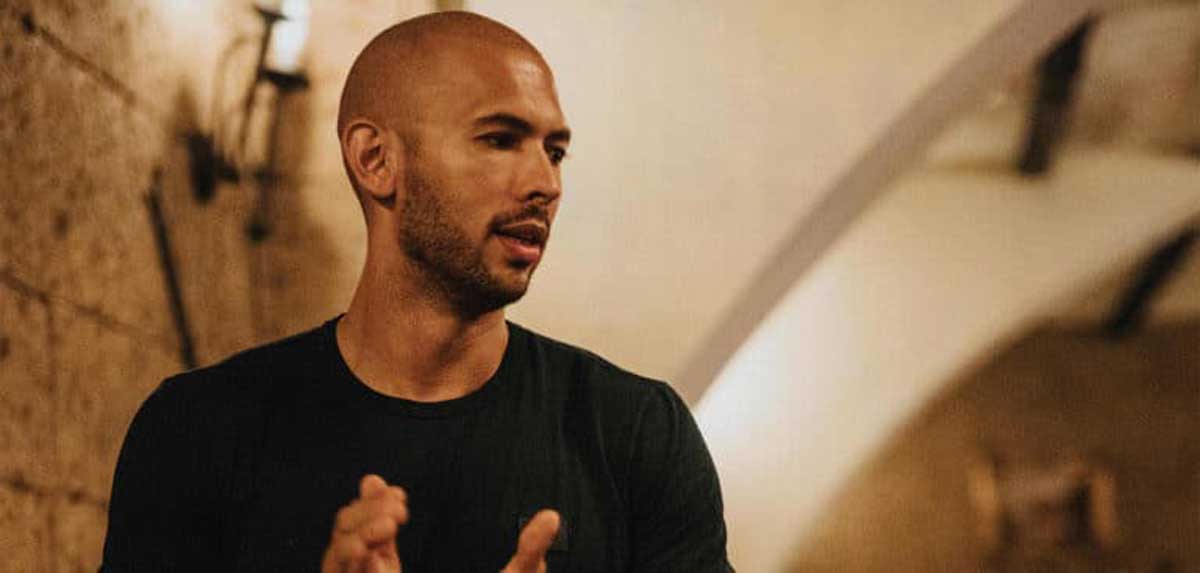Introduction:
In the realm of personal finance, one of the most widely embraced and celebrated concepts is the Cashflow Quadrant, a term popularized by the esteemed author and entrepreneur Robert Kiyosaki. Known for his groundbreaking book “Rich Dad Poor Dad,” Kiyosaki introduces the Cashflow Quadrant as a robust framework that sheds light on diverse approaches to income generation and the pursuit of financial success. This insightful model categorizes individuals into four distinct quadrants based on their primary income source and their money mindset. In this exploration, we not only unravel the intricacies of the Cashflow Quadrant but also delve into its profound implications for achieving financial prosperity. To enhance our understanding, we will incorporate insights from the Rich Dad Poor Dad summary, providing a comprehensive overview of Kiyosaki’s key teachings.
The Cashflow Quadrant Explained:
Employee (E):
The first quadrant, labeled ‘E’ for Employee, represents individuals who earn a living by working for someone else. Employees trade their time and skills for a fixed salary or wage. While job security and a regular paycheck are attractive aspects, individuals in this quadrant are often limited by the linear nature of their income. “Rich Dad Poor Dad” emphasizes the importance of breaking free from the employee mindset and seeking ways to create passive income streams.
Self-Employed (S):
Moving to the ‘S’ quadrant, we encounter the Self-Employed category. This quadrant includes individuals who own and operate their own businesses. While self-employment offers more control and potential for higher earnings, it often involves longer working hours and greater personal responsibility. Kiyosaki suggests that many self-employed individuals, such as doctors or lawyers, are still bound by the need to actively participate in their businesses, making it challenging to achieve true financial freedom.
Business Owner (B):
The ‘B’ quadrant represents Business Owners, individuals who have built scalable business systems that can operate successfully without their constant presence. This quadrant is synonymous with entrepreneurship and passive income generation. According to Kiyosaki, transitioning from the ‘S’ quadrant to the ‘B’ quadrant is a crucial step towards financial independence. Business owners leverage the efforts of others and build assets that generate income, allowing them to break free from the time-for-money trap.
Investor (I):
The final quadrant, ‘I’ for Investor, involves individuals who make their money work for them. Investors deploy their capital in various assets such as stocks, real estate, or businesses to generate passive income. This quadrant aligns with the concept of making money while you sleep, emphasizing the power of compounding and smart investment strategies. Kiyosaki advocates for the significance of becoming an investor to secure long-term financial success.
Rich Dad Poor Dad Influence:
The Cashflow Quadrant concept is deeply intertwined with the teachings of Robert Kiyosaki in his seminal work, “Rich Dad Poor Dad.” In the book, Kiyosaki contrasts the financial philosophies of his biological father (referred to as “Poor Dad”) and the father of his childhood friend (referred to as “Rich Dad”). Poor Dad epitomizes the traditional mindset of job security and the pursuit of a stable career, while Rich Dad embodies the entrepreneurial spirit and the pursuit of financial freedom through investments and business ownership.
Kiyosaki’s journey from the ‘E’ and ‘S’ quadrants (Employee and Self-Employed) to the ‘B’ and ‘I’ quadrants (Business Owner and Investor) serves as an inspirational narrative for those seeking a path to financial independence. His emphasis on financial education, risk-taking, and building assets aligns with the core principles of the Cashflow Quadrant, encouraging individuals to move beyond the limitations of earning a paycheck and actively participate in wealth creation.
Implementing the Cashflow Quadrant:
Understanding the Cashflow Quadrant is the first step towards transforming one’s financial life. To implement the principles outlined in “Rich Dad Poor Dad” and the Cashflow Quadrant, individuals can take the following steps:
Invest in Education:
Prioritize financial education to gain a deeper understanding of money management, investing, and wealth-building strategies. Kiyosaki emphasizes the importance of continuously learning and adapting to the ever-changing financial landscape.
Shift Mindset:
Transitioning from an employee or self-employed mindset to that of a business owner or investor requires a shift in perspective. Embrace the idea of leveraging time, money, and resources to create passive income streams and build lasting wealth.
Build Passive Income Streams:
Actively seek opportunities to generate passive income, whether through starting a scalable business, investing in real estate, or participating in the stock market. The goal is to build income streams that flow in, irrespective of active work.
Manage Debt Wisely:
Kiyosaki advocates for the strategic use of debt to build wealth. Understand the difference between good debt (used for investment purposes) and bad debt (used for liabilities), and leverage debt intelligently to accelerate financial growth.
Take Calculated Risks:
Successful entrepreneurs and investors are not afraid to take calculated risks. Overcoming the fear of failure and embracing risk as a natural part of the wealth-building journey is essential for progressing from the ‘E’ and ‘S’ quadrants to the ‘B’ and ‘I’ quadrants.
Conclusion:
The Cashflow Quadrant, as popularized by Robert Kiyosaki in “Rich Dad Poor Dad,” remains a transformative framework for achieving financial success. By understanding and applying the principles of the quadrants, individuals can make informed decisions, break free from financial constraints, and embark on a journey towards lasting prosperity. The key lies in embracing a mindset that prioritizes financial education, strategic thinking, and the pursuit of passive income—a journey that echoes the principles of Rich Dad and empowers individuals to create a legacy of wealth for generations to come.





